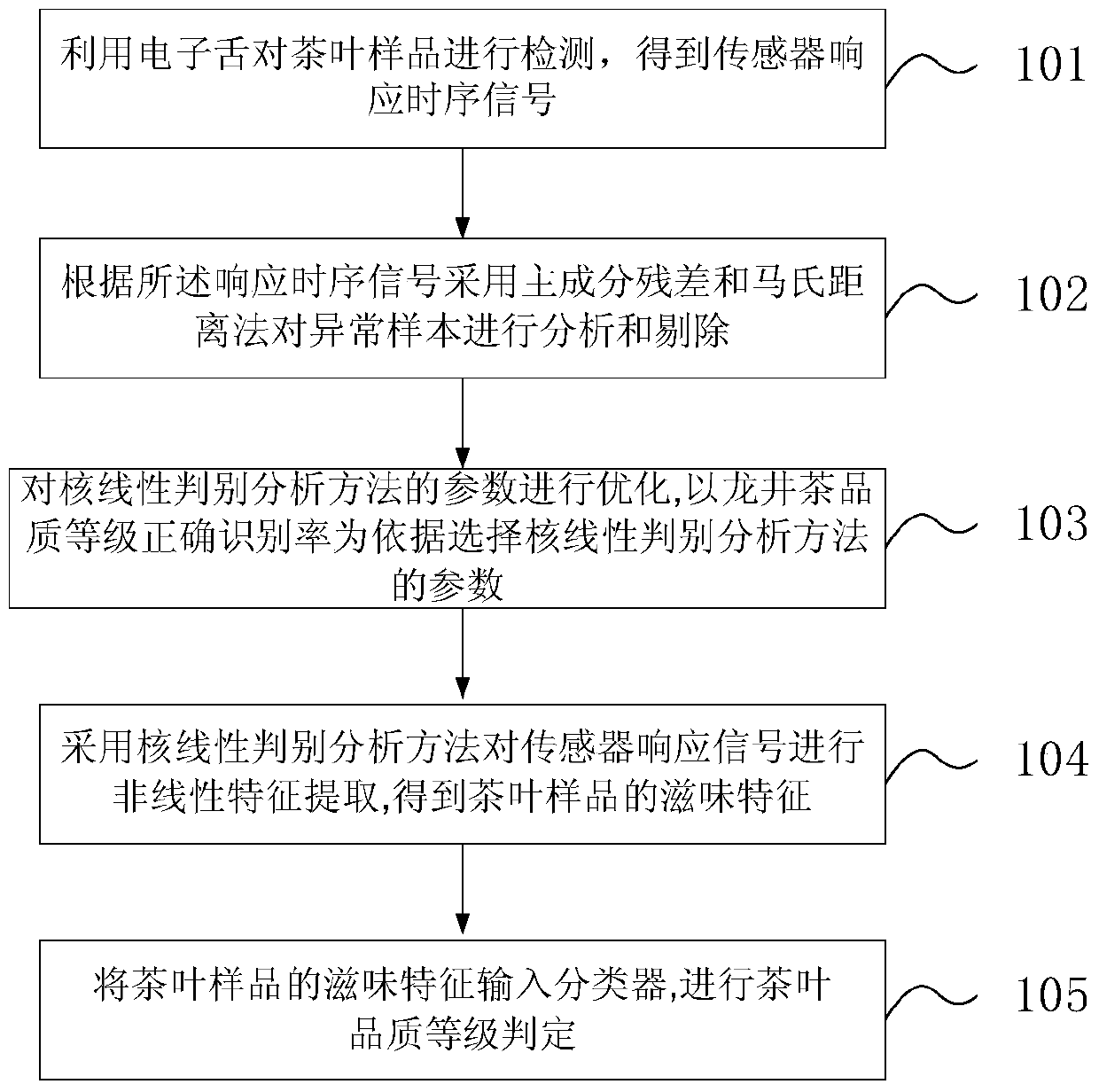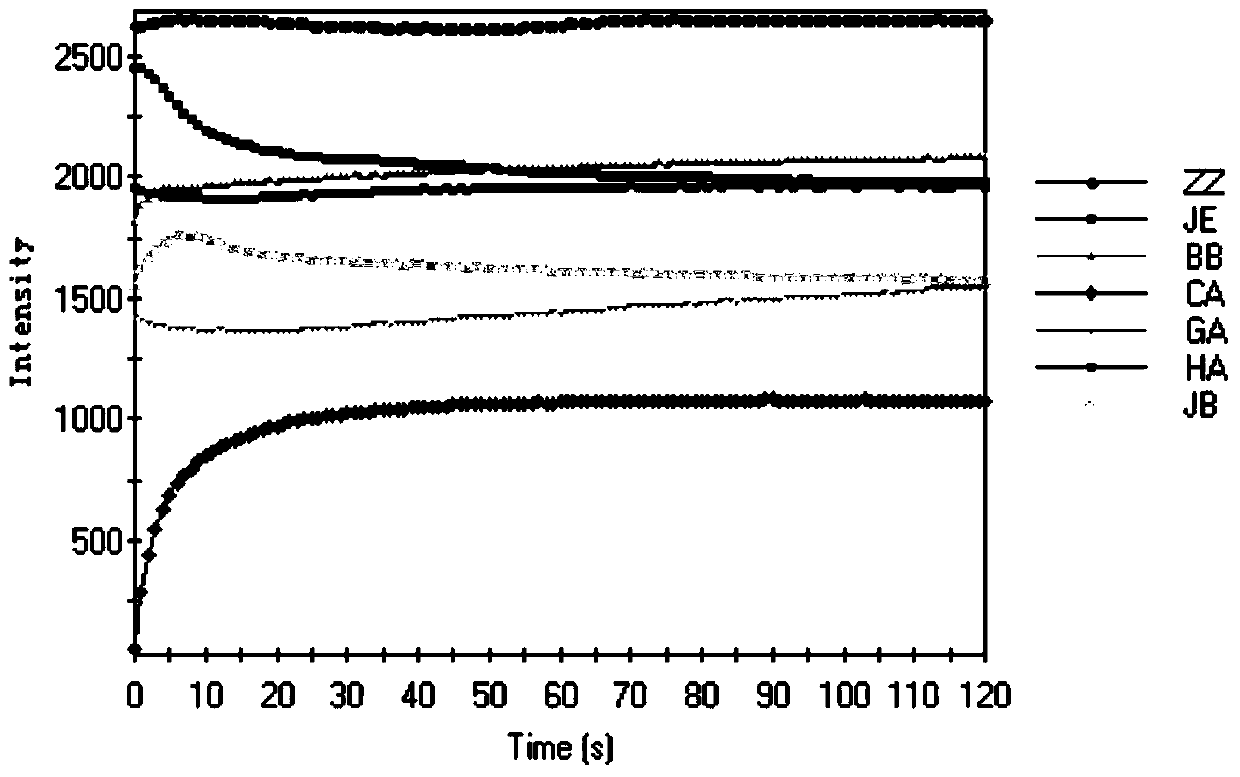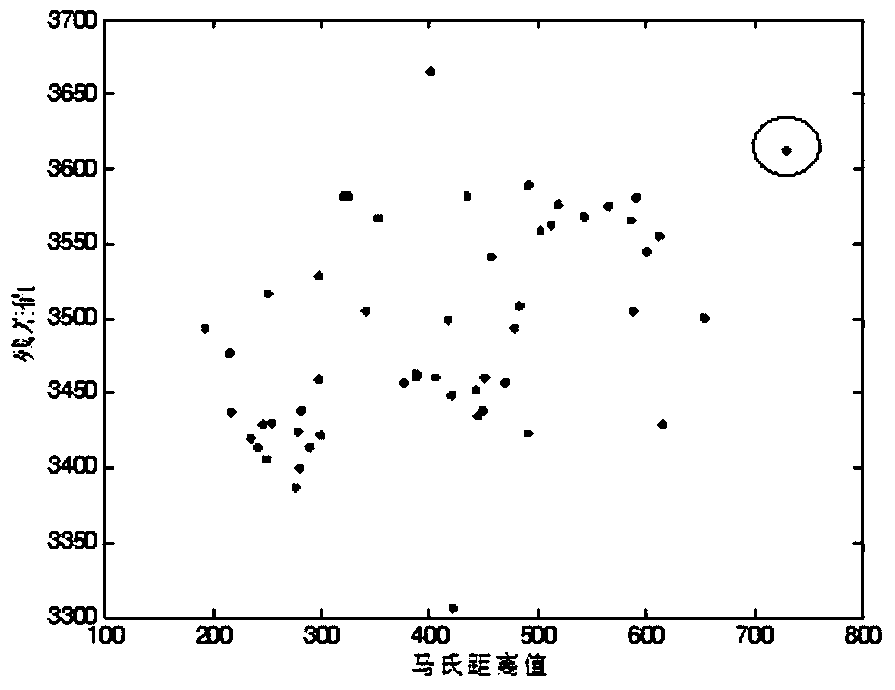Differential Feature Extraction Method of Taste Sensing Signals Based on Kernel Linear Discriminant Analysis
A technique of discriminant analysis and sensory signals, applied in the field of feature extraction of taste sensory signals based on kernel linear discriminant analysis, can solve problems such as inability to effectively explore the inherent laws of nonlinear data
- Summary
- Abstract
- Description
- Claims
- Application Information
AI Technical Summary
Problems solved by technology
Method used
Image
Examples
Embodiment Construction
[0069] In order to make the technical problems, technical solutions and advantages to be solved by the present invention clearer, the following will describe in detail with reference to the drawings and specific embodiments.
[0070] Such as figure 1 As shown, a method for extracting differential features of taste sensing signals based on kernel linear discriminant analysis in an embodiment of the present invention, the method for extracting differential features of taste sensing signals based on kernel linear discriminant analysis includes:
[0071] Step 101: Use the electronic tongue to detect the tea samples, and obtain the sensor response timing signal;
[0072] Step 102: Analyzing and eliminating abnormal samples by using principal component residual and Mahalanobis distance method according to the response time series signal;
[0073] Step 103: optimize the parameters of the nuclear linear discriminant analysis method, and select the parameters of the nuclear linear dis...
PUM
 Login to View More
Login to View More Abstract
Description
Claims
Application Information
 Login to View More
Login to View More - R&D
- Intellectual Property
- Life Sciences
- Materials
- Tech Scout
- Unparalleled Data Quality
- Higher Quality Content
- 60% Fewer Hallucinations
Browse by: Latest US Patents, China's latest patents, Technical Efficacy Thesaurus, Application Domain, Technology Topic, Popular Technical Reports.
© 2025 PatSnap. All rights reserved.Legal|Privacy policy|Modern Slavery Act Transparency Statement|Sitemap|About US| Contact US: help@patsnap.com



